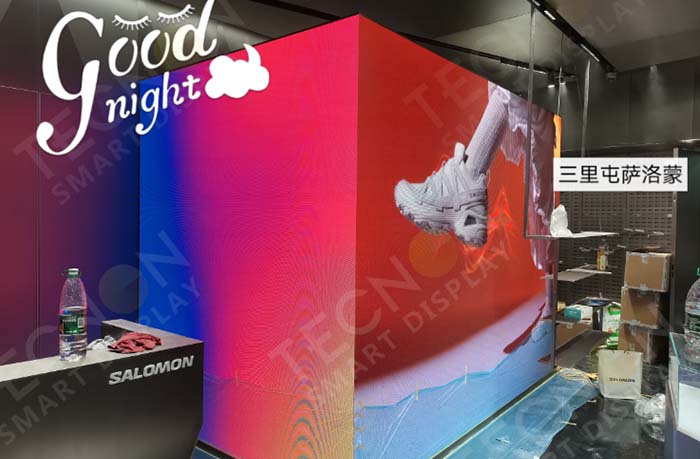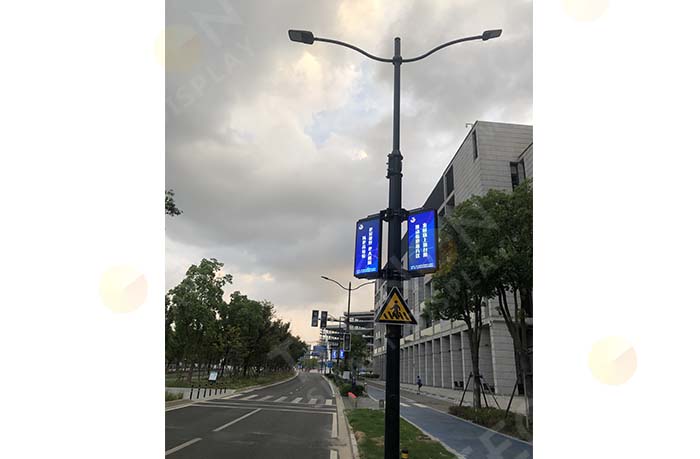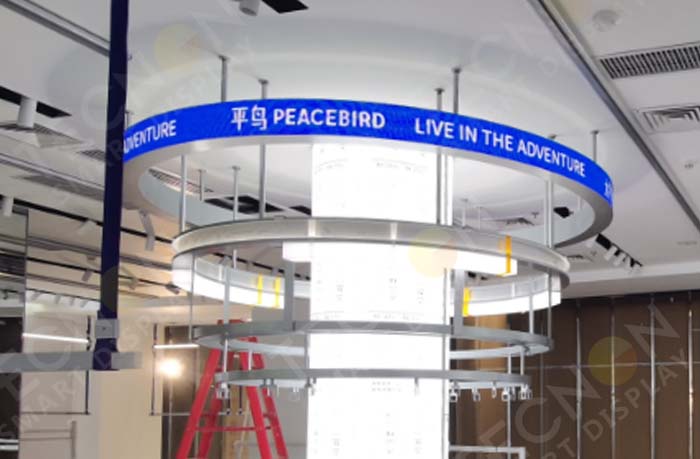When your LED panel starts flickering, dimming, or suddenly shutting off, it’s not just annoying—it’s a sign that something deeper is wrong. Whether used for advertising, indoor displays, or industrial applications, LED panels need proper handling and maintenance to stay reliable. Let’s look at the most common causes of LED screen failure and how to address them before costly downtime happens.

1. Poor Power Supply Management
A faulty or unstable power source is one of the top reasons for LED panel failure. Power surges, voltage fluctuations, or mismatched adapters can quickly damage internal circuits or LED driver ICs.
How to fix it:
- Use a high-quality power supply with surge protection.
- Ensure the power load matches the LED panel’s rated voltage and current.
- Check for loose power cables or signs of overheating near connectors.
2. Overheating Due to Poor Ventilation
LED panels generate heat during continuous operation. Without proper ventilation or cooling, internal components age faster, leading to brightness decay or complete module burnout.
How to fix it:
- Install your LED panels in well-ventilated spaces.
- Regularly clean dust from fans, vents, and heat sinks.
- In outdoor LED displays, make sure waterproof seals don’t block airflow.

3. Moisture and Dust Infiltration
For outdoor LED panels, exposure to rain, humidity, or fine dust can cause short circuits, corrosion, or LED module failure. Even indoor displays can suffer in damp environments like subways or coastal areas.
How to fix it:
- Check the IP rating before installation (IP65 or higher for outdoor use).
- Apply waterproof sealing on cable entries and cabinet joints.
- Store spare LED panels in a dry, clean place.
4. Inconsistent Signal Transmission
Sometimes, your LED panel isn’t broken—it’s the signal. Faulty data cables or unstable control systems cause flickering, missing sections, or color distortions.
How to fix it:
- Use shielded data cables with reliable connectors.
- Keep cables short and avoid coiling near power lines to prevent interference.
- Update or reconfigure the LED control card software when errors appear.

5. Low-Quality Components and Assembly
Cheap components may save money upfront but often lead to repeated failures. Poor soldering, low-grade LEDs, or inferior driver chips can reduce performance and lifespan.
How to fix it:
- Choose a reputable LED display manufacturer with quality control certifications.
- Check technical specs like LED chip brand, refresh rate, and cabinet material.
- Ask for aging test reports before large-scale deployment.
6. Neglecting Regular Maintenance
Even durable LED panels need attention. Without routine cleaning or inspection, dust, oxidation, and connection looseness can accumulate, slowly degrading performance.
How to fix it:
- Schedule preventive maintenance every 3–6 months.
- Use soft brushes or antistatic cloths for surface cleaning.
- Inspect power and data connections regularly for corrosion or looseness.

Early Detection Saves Money
Detecting issues early can extend your LED panel’s lifespan by years. Watch for warning signs such as uneven brightness, flickering, color distortion, or temperature spikes. Modern LED monitoring systems can even alert you to electrical anomalies in real time, helping you act before small issues become costly failures.
Final Thoughts
A reliable LED panel system depends on proper installation, stable power, good ventilation, and regular maintenance. By following these simple yet practical steps, you can prevent most failures and enjoy consistent, long-lasting display performance.
 Tecnon Smart Display Technology Shenzhen Co., Ltd.
Tecnon Smart Display Technology Shenzhen Co., Ltd.